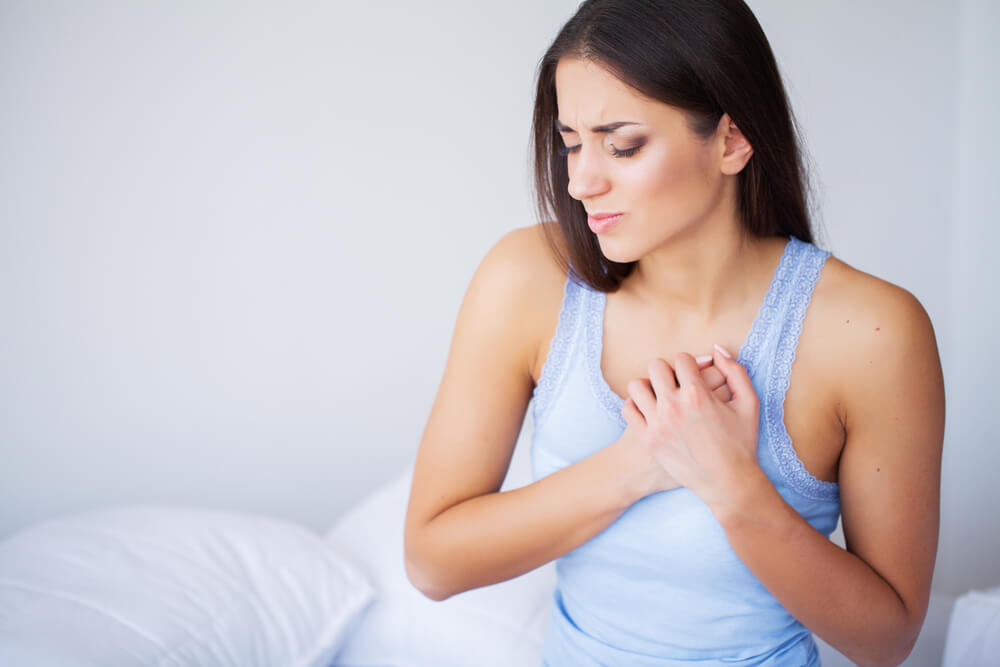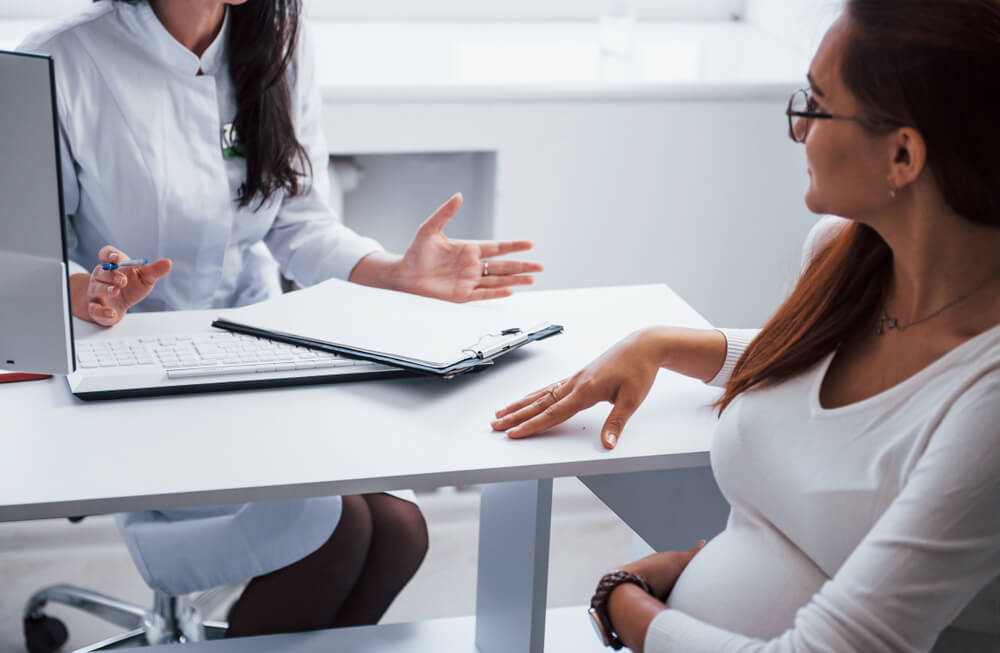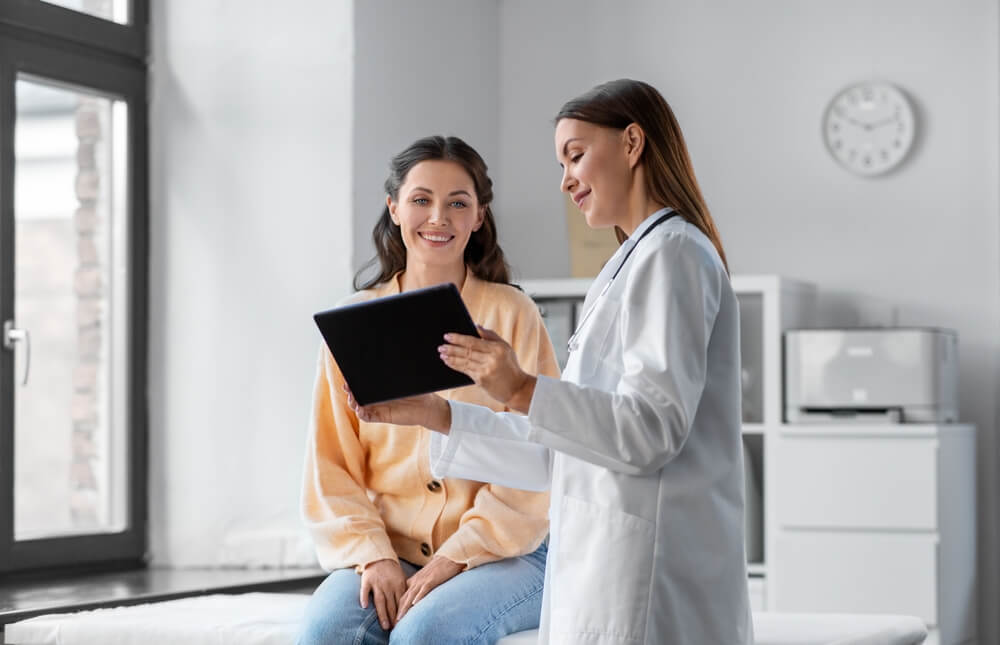Lumpy, painful breasts can be a signal of a condition called fibrocystic breast disease. Although the condition contains the word disease in its name, it is a common occurrence, and it is not considered to be an actual disease. Many women experience fibrocystic breasts, most often around their period.
Even though this noncancerous condition is quite common, you will still need to get checked and monitored by a chosen doctor, so make sure you choose a trusted gynecologist in Doral Beach who will confirm that your condition is truly benign and that there is no potential for adverse developments.
Experts say that more than half of women develop these cysts at some point in their lives, and many of them do not have the associated symptoms. What makes this condition harmful is that it is harder to detect and diagnose breast cancer when there is a surplus of lumpy tissue in the breasts.
Breast health is of the utmost importance when it comes to the reproductive health of women because around 45,000 women die each year from breast cancer in the U.S. Monitoring your breasts, doing regular breast ultrasounds, and having annual checkups are mandatory steps in preserving your health and avoiding severe consequences.
Fibrocystic breasts are seen as a thickening of the breast tissue, manifesting as fluid-filled cysts. These cysts can appear in one or both of the breasts, and they cause the breasts to feel lumpy, painful, and swollen, and they bring discomfort to most women.
Causes of Fibrocystic Breast Disease
Fibrocystic breasts are a response of the organism to hormonal changes in the body. For this reason, they often appear before and during the monthly period when the body goes through hormonal imbalances. The breast tissue goes through different changes, conditioned by hormones produced in the ovaries.
Lumps might also develop due to the swelling of the breast lobules, i.e., the glands which produce milk. The excess of fibrous tissue can also be a cause of breast lumps.
It is common for women between the ages of 20 and 50 to get lumpy breasts, and quite rare for women who entered their menopausal age due to decreased estrogen levels. Experts often state that fibrocystic breasts do not raise your risk of developing breast cancer.
Symptoms of the Condition

The following symptoms might signal that you are experiencing the thickening of the breast tissue and that you might have fibrocystic breasts:
- Painful breasts
- Tenderness
- Swelling
- The feeling of heavy, full breasts
- Lumps in the breasts (one or both)
- Thickening of the breast tissue
The swelling and lumps can be different in one breast compared to the other. Also, these symptoms can worsen when you are about to get your period due to hormonal changes, but they can also be present continuously.
Additionally, the size of the lumps can change during the months, and they can move around the breast. If there is more fibrous tissue, the lumps might stay in one place permanently.
Do not be surprised if you start experiencing pain under the arms or dark brown or green discharge from the nipples. But if you see red, clear, or bloody discharge coming from the nipples, call your doctor as soon as possible because this might be a sign of breast cancer.
Fibrocystic Breasts and Breast Cancer
It is essential to explain the correlation between fibrocystic breasts and breast cancer in order to help women understand the main difference and put their minds at ease.
As mentioned, this condition does not increase the person’s risk of developing cancer. Still, it becomes much more challenging to capture cancer cells and lumps during breast ultrasounds, mammograms, etc., due to a high volume of thickened tissue and lumps.
For this reason, women after 40 are recommended to get a mammogram once every two years and perform regular breast self-exams.
You should be familiar with what your breasts look like and how they normally feel, so that you can capture any changes that might happen and inform your chosen doctor.
Diagnosis of the Condition
There are a few ways to diagnose fibrocystic breast disease, one of which is a simple physical exam performed by your doctor. Also, they can recommend a mammogram, a breast ultrasound, or an MRI in order to get a better view of the breasts. When there is a suspicion of fibrocystic breasts, the doctors most often recommend a digital mammogram, as it gives the most accurate imaging of the breasts.
Breast ultrasound is used to detect abnormalities, and when one is detected, the doctor then orders a biopsy of the tissue to check whether it is cancerous or not. A biopsy is most often performed using the technique of fine needle aspiration, which is a surgical process of removing fluid or tissue using a needle. When tissue is removed, the procedure is called core needle biopsy.
How to Treat Fibrocystic Breasts?

In most cases, fibrocystic breasts do not require any invasive treatments. Usually, women get home remedies, and they are sufficient to handle the discomfort and pain caused by the lumps. There are also over-the-counter painkillers which are very effective in relieving discomfort, as well as supportive bras, which are fitted, and help with pain reduction.
Warm and cold compresses are often recommended to women to relieve symptoms, so try to hold warm towels or cold cloths around the breasts to help with the pain.
Changes in your diet have been seen as helpful in battling fibrocystic breast disease, which includes lowering caffeine intake, eating a low-fat diet, and taking fatty acid supplements such as vitamin E, magnesium, thiamine, primrose oil, etc. That said, there are still no official studies that can prove the theory that dietary changes affect the symptoms of cystic breasts.
Many doctors prescribe birth control pills or other medicine regulating hormones. It is important to get advice from a doctor before starting the treatments, so make sure you are aware of all the potential side effects of this type of medication.
This condition is never treated with surgery, but when a lump does not change throughout the menstrual cycle, it is seen as suspicious, so a core needle biopsy is done. If it turns out that the lump is a cyst, your doctor might aspirate the lump using a needle, which sometimes helps with the symptoms.
Call Us!
Good breast health is crucial for your overall well-being and life quality. If you notice any new lumps, clear or bloody nipple discharge, or redness of the skin and flattening of the nipple, call us immediately and schedule an appointment with our experts. We are here to help you, so do not hesitate to contact us. Your health is our priority!


